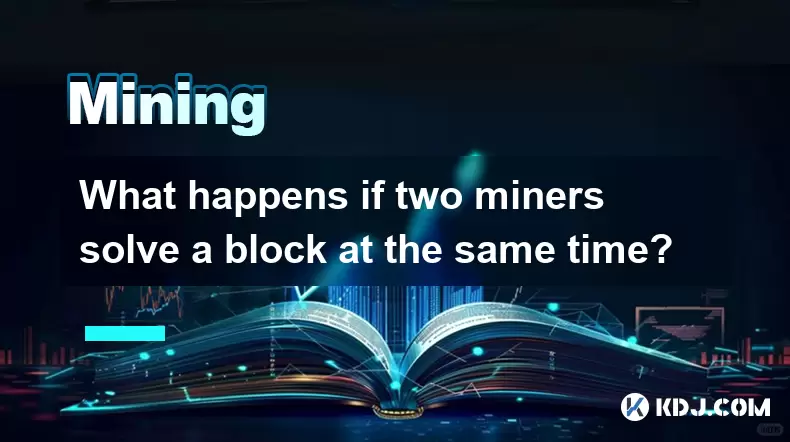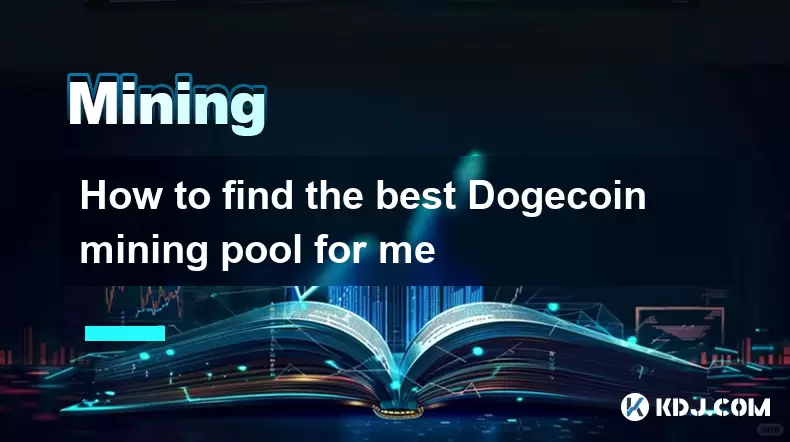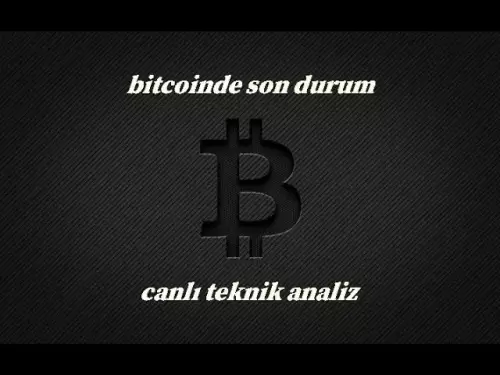-
 Bitcoin
Bitcoin $117,879.8627
0.05% -
 Ethereum
Ethereum $2,956.4450
-0.23% -
 XRP
XRP $2.7737
-0.58% -
 Tether USDt
Tether USDt $1.0003
-0.01% -
 BNB
BNB $687.3817
-0.92% -
 Solana
Solana $161.9370
-0.65% -
 USDC
USDC $1.0000
0.00% -
 Dogecoin
Dogecoin $0.1983
-2.35% -
 TRON
TRON $0.3019
-1.02% -
 Cardano
Cardano $0.7217
-0.53% -
 Hyperliquid
Hyperliquid $47.5630
3.05% -
 Stellar
Stellar $0.4341
11.02% -
 Sui
Sui $3.4115
-0.11% -
 Chainlink
Chainlink $15.1548
-0.82% -
 Bitcoin Cash
Bitcoin Cash $505.9817
-4.61% -
 Avalanche
Avalanche $21.0131
1.73% -
 Hedera
Hedera $0.2033
2.29% -
 UNUS SED LEO
UNUS SED LEO $9.0775
-0.06% -
 Shiba Inu
Shiba Inu $0.0...01315
-1.08% -
 Toncoin
Toncoin $3.0032
0.48% -
 Litecoin
Litecoin $93.1712
-1.23% -
 Polkadot
Polkadot $3.9194
-0.78% -
 Monero
Monero $334.1138
0.50% -
 Dai
Dai $1.0000
-0.01% -
 Ethena USDe
Ethena USDe $1.0005
-0.04% -
 Uniswap
Uniswap $8.4642
-3.24% -
 Pepe
Pepe $0.0...01231
-0.36% -
 Bitget Token
Bitget Token $4.3823
-1.34% -
 Aave
Aave $302.1026
0.83% -
 Bittensor
Bittensor $386.2829
-2.26%
What happens if two miners solve a block at the same time?
Simultaneous block solutions can cause temporary blockchain forks, which are resolved by the longest chain rule.
Jul 13, 2025 at 12:57 am

Understanding the Concept of Simultaneous Block Solutions
In the world of blockchain and cryptocurrency, mining is a crucial process that ensures the addition of new blocks to the blockchain. Miners compete to solve complex cryptographic puzzles using computational power. When a miner successfully solves a puzzle, they broadcast the solution across the network for validation by other nodes. However, what happens when two miners arrive at valid solutions simultaneously?
This situation, known as a blockchain fork, can occur due to network latency or sheer coincidence in hash rate distribution. When two miners solve the same block at nearly the same time, both versions of the block are temporarily accepted by different parts of the network.
The Mechanics Behind Blockchain Forks
When two miners produce valid blocks almost simultaneously:
- Each miner broadcasts their block to the network.
- Depending on geographic location and network propagation speed, different nodes receive these blocks in varying order.
- As a result, some nodes consider one block as valid while others accept the alternate version.
This leads to a temporary split in the blockchain, creating two competing chains. The network resolves this through the longest chain rule, which states that the valid blockchain is the one with the most accumulated proof-of-work.
Each node continues mining on the chain it considers longest. Eventually, one chain gains more confirmations than the other, making it the accepted version. The alternative chain becomes orphaned, and transactions from the rejected block are returned to the mempool for inclusion in future blocks.
What Happens to Transactions in Orphaned Blocks?
If a block is orphaned due to a simultaneous solution:
- All transactions within it are not permanently lost.
- They re-enter the mempool, the pool of unconfirmed transactions.
- Miners pick up these transactions again and include them in subsequent blocks.
It's important to note that the miner reward (block subsidy and transaction fees) from an orphaned block is also forfeited. Only the miner who contributes to the eventual longest chain receives compensation.
This mechanism prevents double-spending and maintains the integrity of the system even during brief forks.
Impact on Network Security and Confirmation Times
Simultaneous block solutions do not compromise the security of the blockchain but can affect confirmation times. Here’s how:
- Transaction finality may take longer than expected because multiple confirmations are needed to ensure a transaction is on the main chain.
- Double-spending risks increase slightly during forks, though they remain negligible if users wait for several confirmations.
To mitigate these concerns, most exchanges and services require at least six confirmations before considering a transaction irreversible.
Additionally, network participants rely on consensus algorithms like Nakamoto Consensus to maintain agreement across decentralized nodes without central oversight.
Miner Behavior During Block Conflicts
Miners play a pivotal role in resolving block conflicts. Upon receiving two competing blocks:
- A miner typically chooses to build upon the block they received first.
- Some miners might switch allegiance if another chain becomes longer.
- Mining pools often coordinate internally to optimize efficiency and reduce orphan rates.
The choice of which chain to extend depends largely on network topology and latency rather than any strategic advantage. This behavior reinforces the decentralized nature of blockchain systems.
Frequently Asked Questions
- Can two miners ever share the block reward if they solve the same block?
No, only the miner whose block ends up on the longest chain receives the full reward. The other miner receives nothing. - How often do simultaneous block solutions happen?
This varies depending on network congestion and block time. In Bitcoin, it occurs roughly every few days, while faster blockchains may experience it more frequently. - Is there a way to prevent simultaneous block solutions?
Not entirely. It's a natural consequence of decentralization and network latency. However, improvements like better block propagation protocols can reduce their occurrence. - Do all cryptocurrencies handle simultaneous blocks the same way?
Most proof-of-work blockchains follow similar rules. However, proof-of-stake systems have different mechanisms for handling forks and validating blocks.
Disclaimer:info@kdj.com
The information provided is not trading advice. kdj.com does not assume any responsibility for any investments made based on the information provided in this article. Cryptocurrencies are highly volatile and it is highly recommended that you invest with caution after thorough research!
If you believe that the content used on this website infringes your copyright, please contact us immediately (info@kdj.com) and we will delete it promptly.
- Bitcoin Rally, Satoshi Nakamoto, and the Richest Elite: A New World Order?
- 2025-07-13 12:30:12
- Mining, BDAG, LTC Outlook: What's Hot and What's Not?
- 2025-07-13 12:30:12
- XRP Price Surges Amid Whale Wallet Accumulation and Token Ecosystem Growth
- 2025-07-13 11:50:12
- Toncoin, UAE Visa, and Institutional Adoption: A Wild Ride in Crypto
- 2025-07-13 11:05:12
- Floki's Bullish Run: Webull Listing and Price Surge - What's Next?
- 2025-07-13 11:05:13
- Curve DAO (CRV): Riding the Yield Wave in DeFi
- 2025-07-13 11:05:14
Related knowledge

How to keep a mining rig cool
Jul 12,2025 at 01:42pm
Understanding the Importance of Cooling in Mining RigsCryptocurrency mining is an intensive process that places heavy demand on hardware components, p...

How much does it cost to start crypto mining?
Jul 13,2025 at 12:22am
Understanding the Basic Costs of Crypto MiningStarting crypto mining involves several upfront and ongoing expenses. The primary costs include hardware...

What is the most profitable crypto to mine?
Jul 13,2025 at 07:00am
Understanding Mining Profitability in CryptocurrencyWhen evaluating the most profitable crypto to mine, it's essential to consider several factors tha...

What do I need to start mining crypto?
Jul 13,2025 at 12:28am
Understanding the Basics of Crypto MiningCrypto mining is the process by which transactions are verified and added to a blockchain, and new coins are ...

How does crypto mining work?
Jul 13,2025 at 11:01am
Understanding the Basics of Crypto MiningCrypto mining is the process through which new cryptocurrency coins are introduced into circulation and trans...

How to find the best Dogecoin mining pool for me
Jul 12,2025 at 04:14pm
Understanding the Role of a Mining PoolWhen mining Dogecoin, joining a mining pool can significantly increase your chances of earning consistent rewar...

How to keep a mining rig cool
Jul 12,2025 at 01:42pm
Understanding the Importance of Cooling in Mining RigsCryptocurrency mining is an intensive process that places heavy demand on hardware components, p...

How much does it cost to start crypto mining?
Jul 13,2025 at 12:22am
Understanding the Basic Costs of Crypto MiningStarting crypto mining involves several upfront and ongoing expenses. The primary costs include hardware...

What is the most profitable crypto to mine?
Jul 13,2025 at 07:00am
Understanding Mining Profitability in CryptocurrencyWhen evaluating the most profitable crypto to mine, it's essential to consider several factors tha...

What do I need to start mining crypto?
Jul 13,2025 at 12:28am
Understanding the Basics of Crypto MiningCrypto mining is the process by which transactions are verified and added to a blockchain, and new coins are ...

How does crypto mining work?
Jul 13,2025 at 11:01am
Understanding the Basics of Crypto MiningCrypto mining is the process through which new cryptocurrency coins are introduced into circulation and trans...

How to find the best Dogecoin mining pool for me
Jul 12,2025 at 04:14pm
Understanding the Role of a Mining PoolWhen mining Dogecoin, joining a mining pool can significantly increase your chances of earning consistent rewar...
See all articles

























































































